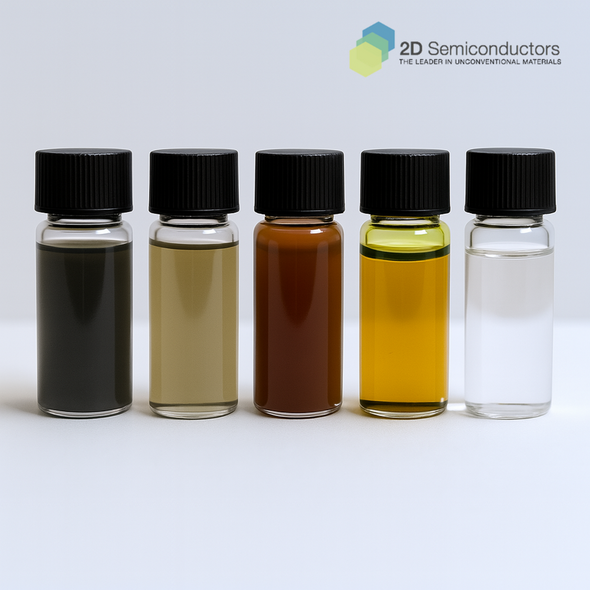Description
Our R&D has developed scalable methods to transfer 2D CVD grown sheets back to back to create 2D Heterojunctions. Even though 2D semiconductors R&D team uses chemical free transfer process, it is anticipated to observe transfer (strain, substrate, and defect) related changes in the physical properties of 2D layers. Because of the custom nature of the production process, all transferred CVD sales are final and non-refundable.
This product gives an idea about our capabilities on variety of substrates and heterojunction arrangements. The pricing largely dependents on the substrate types, CVD monolayers, and other technical challenges specific to your applications and sample specifications. Our R&D works hard and is dedicated to creating your designer CVD products at affordable rates.
Due to highly customized nature of the process, our company does not offer refunds on these transferred samples.
Frequently asked questions
Q1: Can you make any 2D Heterostructures?
A: We can place any CVD materials offered by our company onto each other to create bilayers as well as trilayers.
Q2: Can you make Moire pattern samples?
A: When 2D triangles are placed on top of other 2D triangles, they create 2D Moire lattices. However, these lattices will have random angles, varying from small to large twist angles. We advise clients to characterize each individual twisted triangle using second harmonic measurements to precisely identify the twist angles. Our company does not offer Moire lattices with identified twist angles due to the specialized toolsets needed and the impractical nature of manufacturing them.
Q3: Can you transfer monolayers onto TEM grids?
A: Yes, we can transfer any CVD product onto any TEM grids. Our company requires you to select your own TEM grids, inform us the model, and send (extra) TEM grids so that we can do tests to deliver you good quality samples.
Q4: Can you guarantee that CVD monolayers will be same quality after the transfer?
A: Transfer process requires polymeric stamping and / or chemical processes. These steps generally will introduce some cracks and voids in the samples. But if you selected to transfer full area CVD monolayers, they will still be at large scales. There might be some folding, wrinkling effects, and this is normal. If your CVD monolayer is luminescent, after the transfer optical properties will remain similar with PL emission at the same wavelenghts
Q5: What kind of substrates can you transfer onto?
A: You would be surprised to know but we have transferred CVD monolayers more than 100 different substrates to date. Examples include, Bragg reflectors, plasmonic structures, SiO2/Si, sapphire, quartz, mica, PET, polymer, other 2D materials, glass, TEM grids, metals, and even on a diamond!
Q6: What is the typical processing times?
A: This will depend on your project, chemistry required, and your sets of requirements towards sample production. It is typically around 1-3 weeks.
Example custom substrate examples

Additional Information
Elements: |
B,N,Mo,S,Se,W,Te,Re,Pd,Pt,Sb,Sn |
Element: |
Boron |
Element: |
Nitrogen |
Element: |
Molybdenum |
Element: |
Selenium |
Element: |
Sulfur |
Element: |
Tungsten |
Element: |
Tellurium |
Element: |
Rhenium |
Element: |
Palladium |
Element: |
Platinum |
Element: |
Antimony |
Element: |
Tin |
Formula: |
BN |
Formula: |
MoS2 |
Formula: |
MoSe2 |
Formula: |
PdS2 |
Formula: |
PdSe2 |
Formula: |
PtS2 |
Formula: |
PtSe2 |
Formula: |
MoTe2 |
Formula: |
Sb2Te3 |
Formula: |
SnS2 |
Formula: |
SnSe2 |
Formula: |
ReS2 |
Formula: |
ReSe2 |
Thin-film type: |
Monolayer |
Thin-film type: |
Few-layer |
Thin-film type: |
Multilayer |
Thin-film type: |
Triangles |
Substrate: |
Sapphire |
Substrate: |
SiO2/Si |
Substrate: |
Quartz |
Substrate: |
ITO |
Substrate: |
PET |
Substrate: |
Custom |











